How To Make (Almost) Anything Neil Gershenfeld
MCKENZIE ROSS HUMANN
MIT Department of Urban Studies and Planning
Computer Controlled Machining
10.12.22
group project:
do your lab's safety training
test runout, alignment, fixturing, speeds, feeds, materials, and toolpaths for your machine
individual assignment
make (design+mill+assemble) something big (~meter-scale)
extra credit: don't use fasteners or glue
extra credit: include curved surfaces
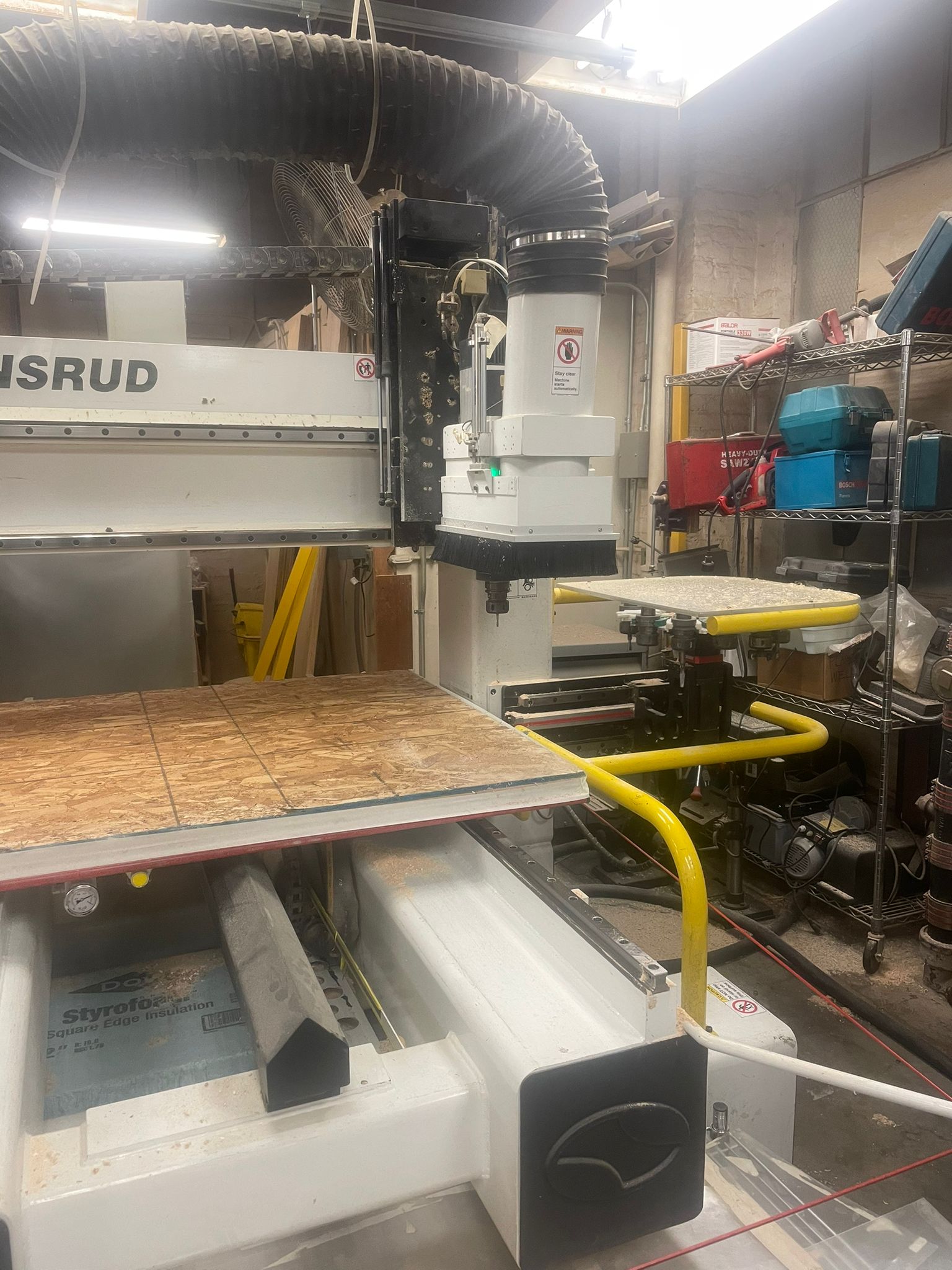
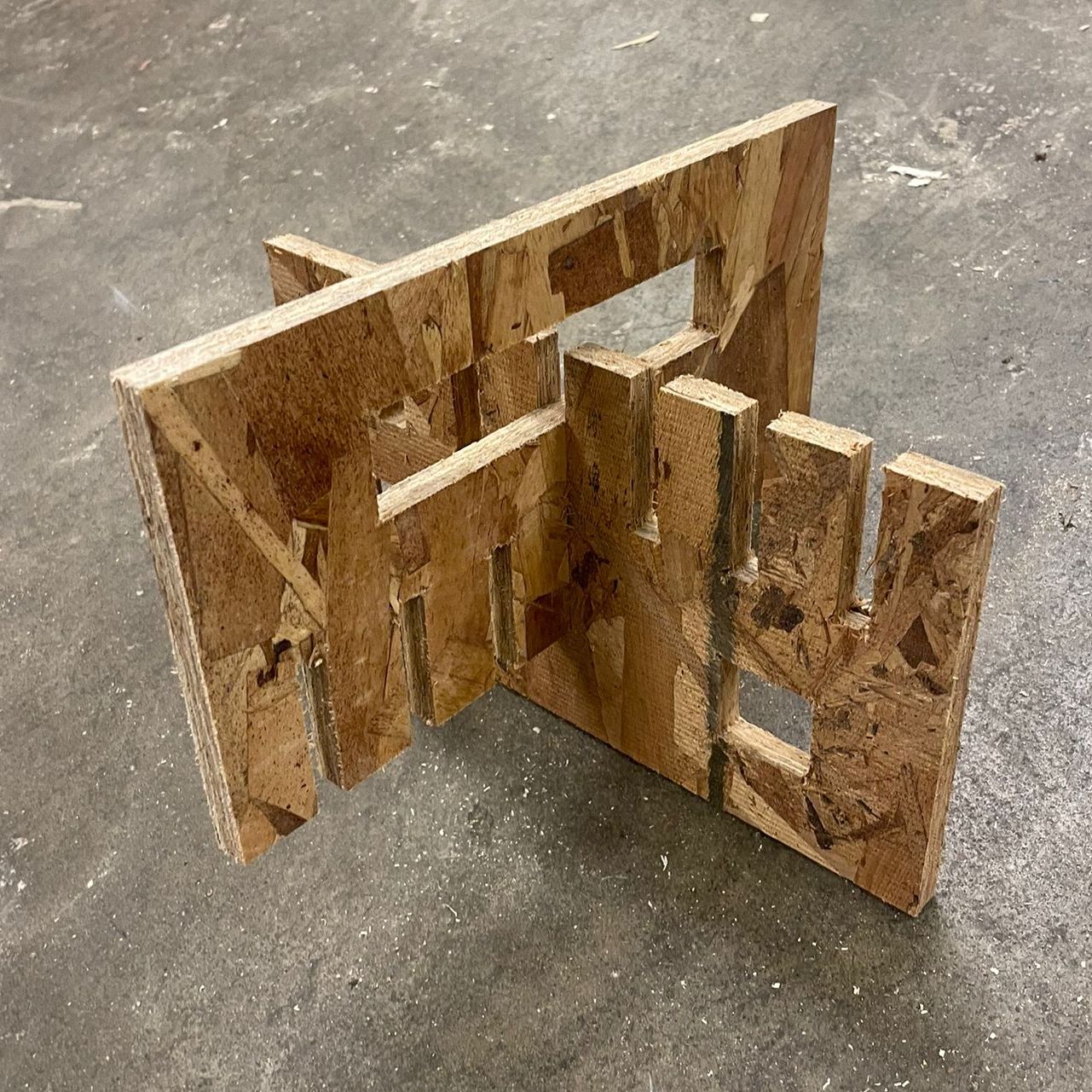
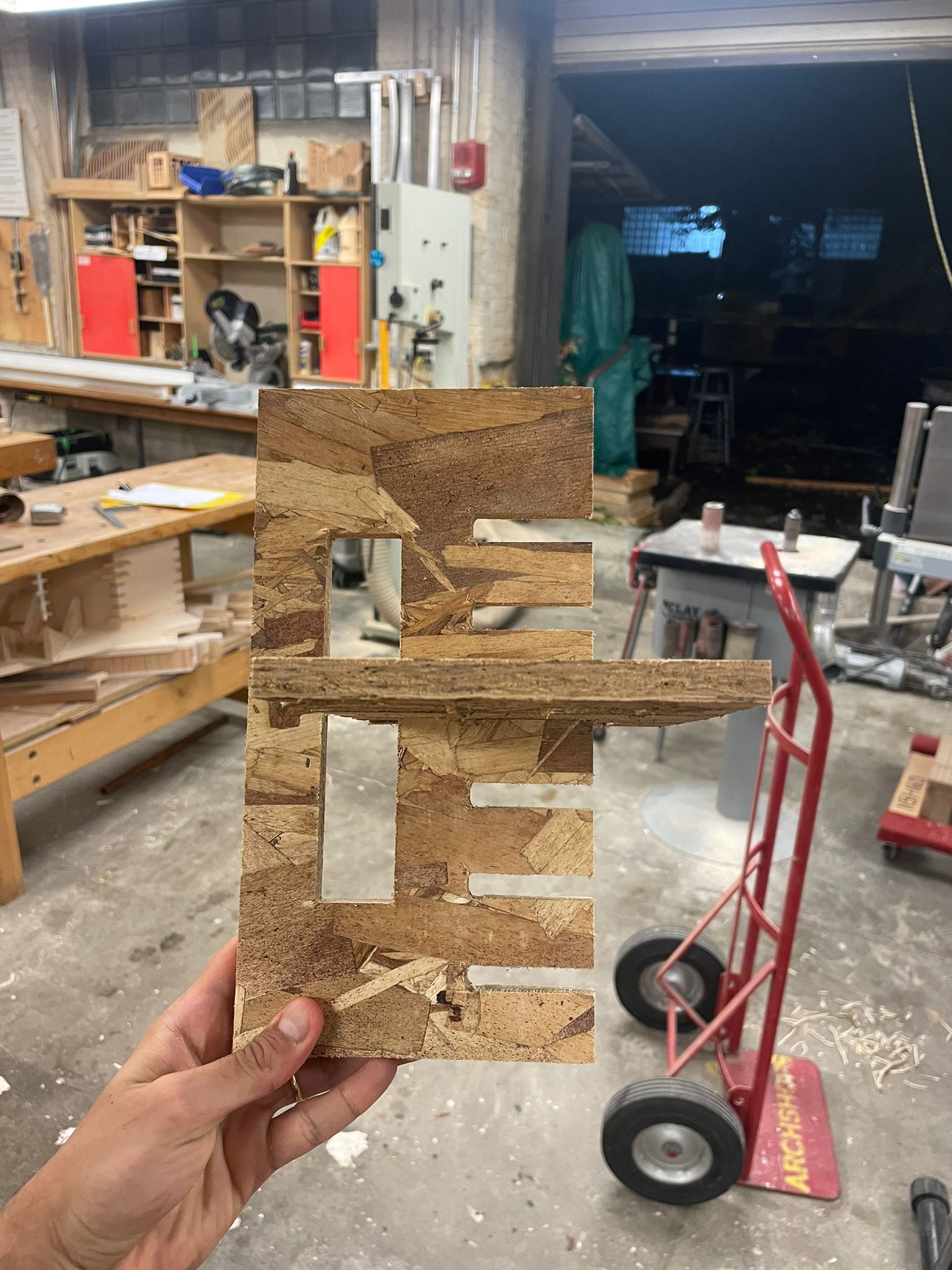
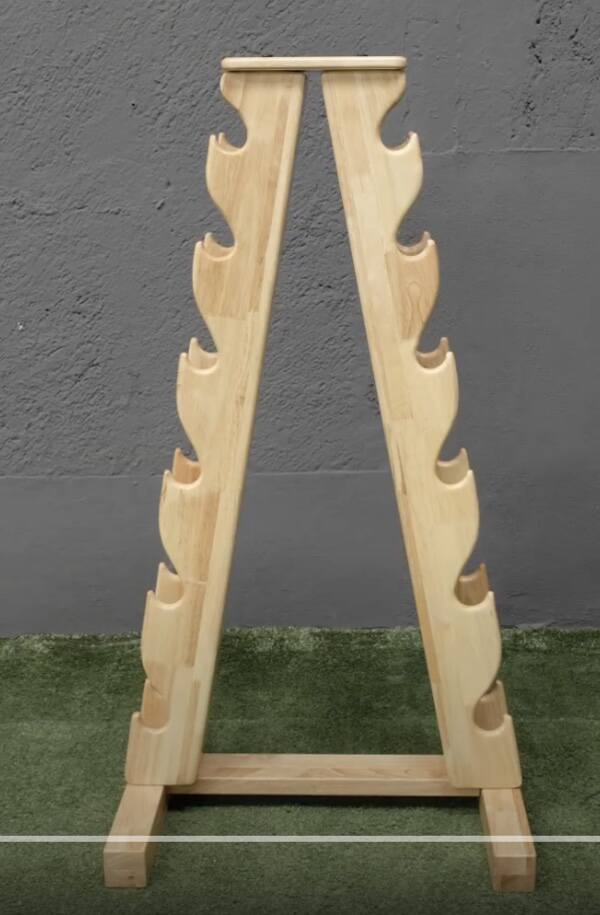
wooden weight rack inspiration.
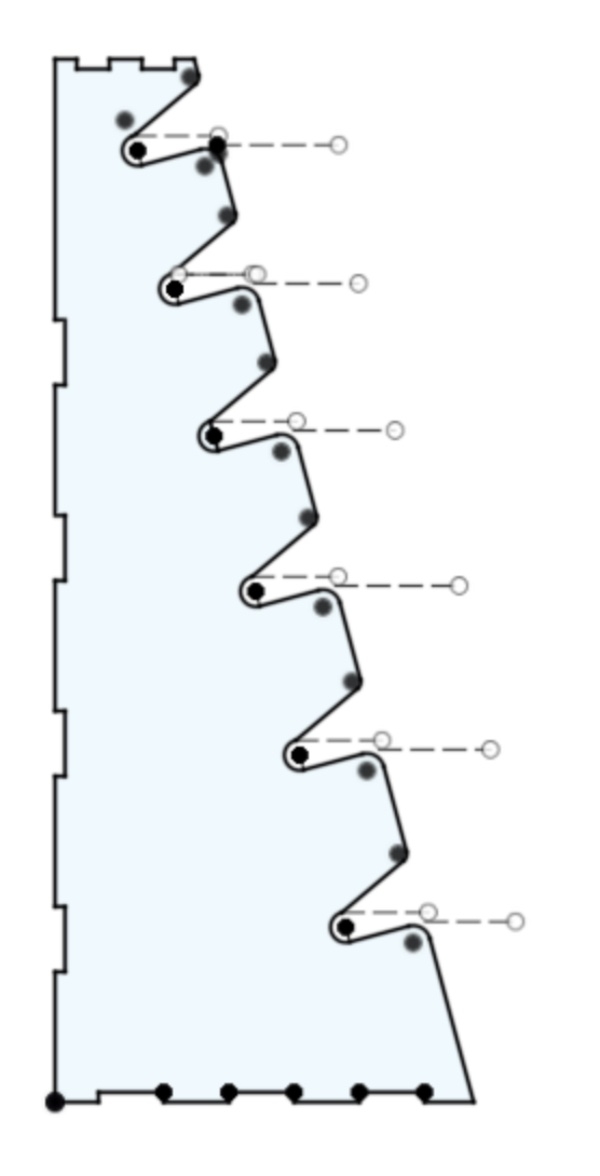
side view of piece that will support weights
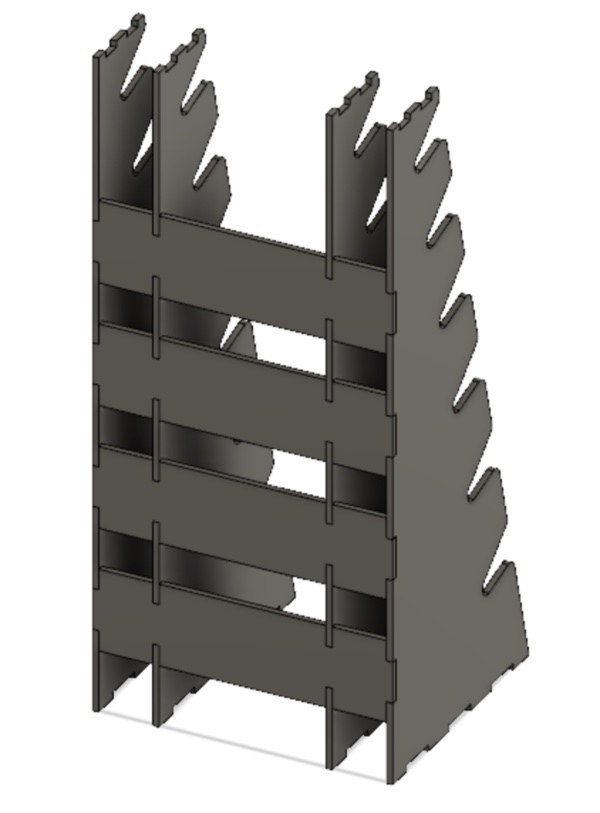
3D assembled render of side pieces and back supports
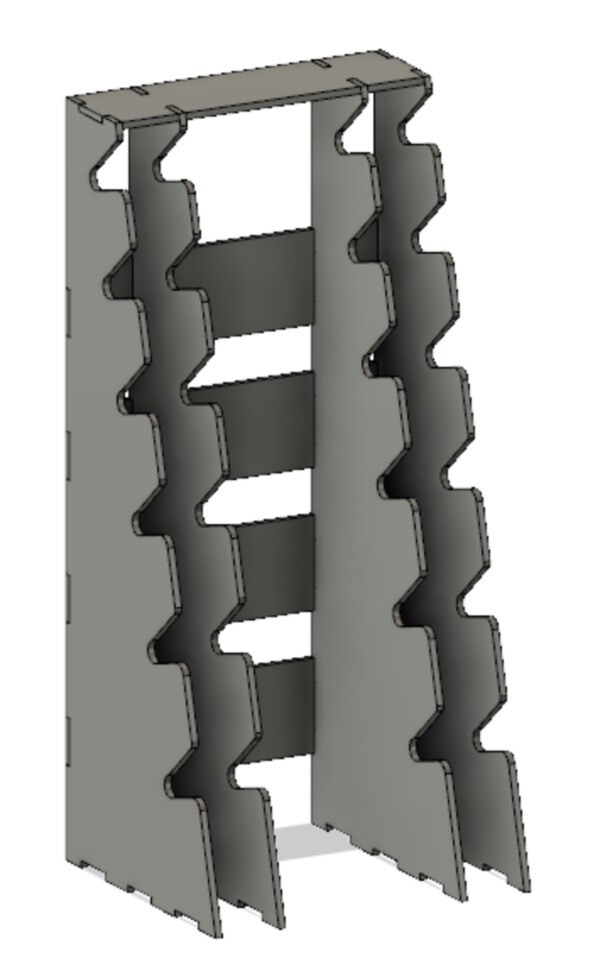
added a top shelf
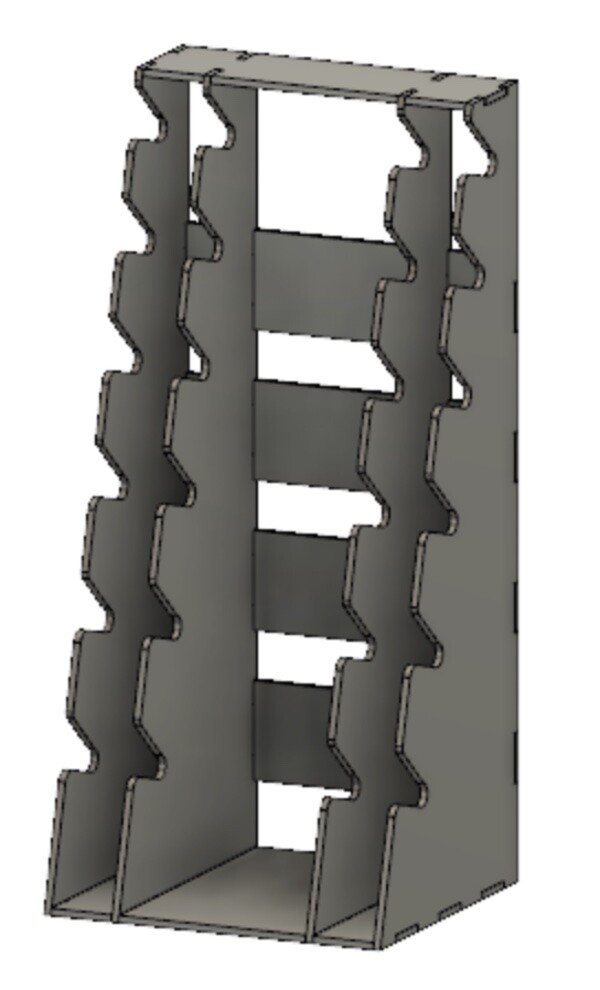
Final 3D assembly with bottom piece
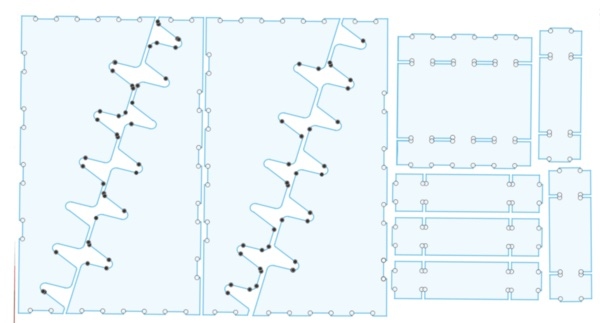
2D layout with inner corner points
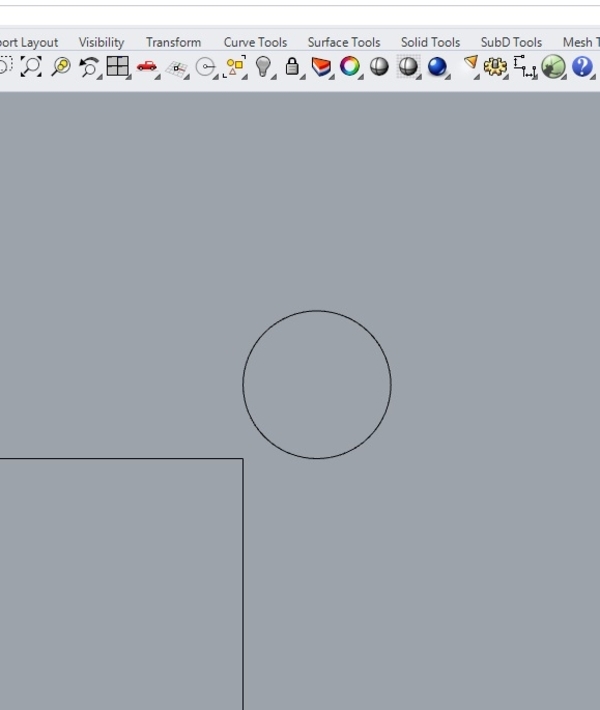
Inner corner point that is outside corner
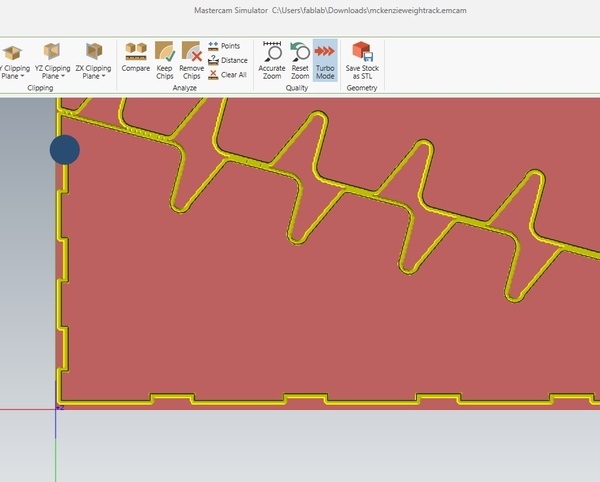
Side pieces are laid out close to the edge. Jen was not sure if this would be ok, but Chris was not concerned.
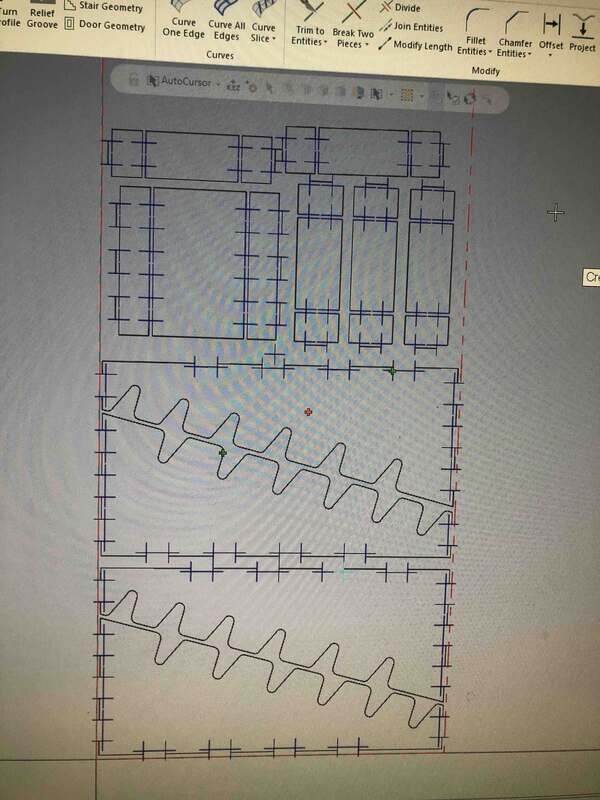
Photo of final Mastercam set-up. I had to re-do the inner corner points in Mastercam.
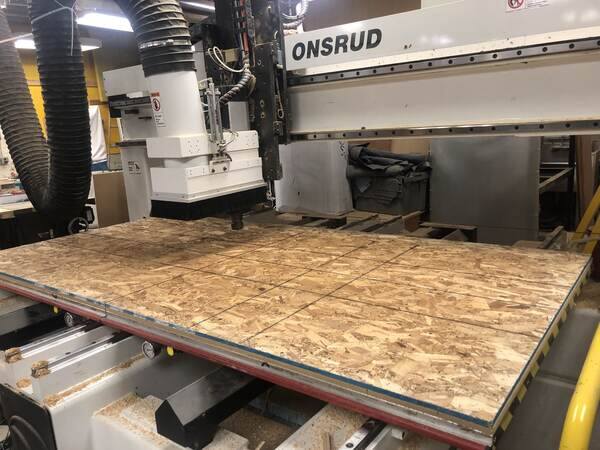
Onsrud making initial corner holes.
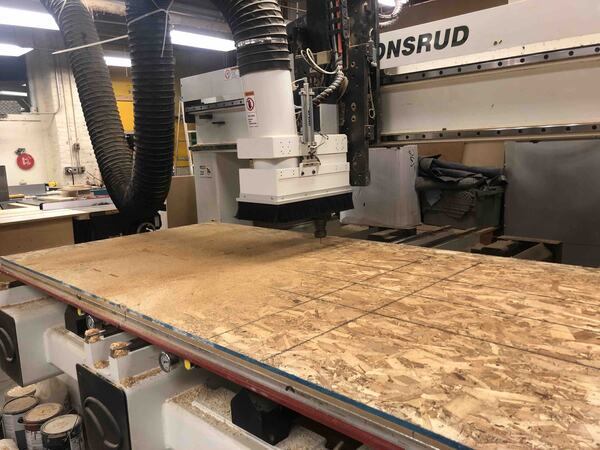
Onsrud making outline cuts, around when the noise started
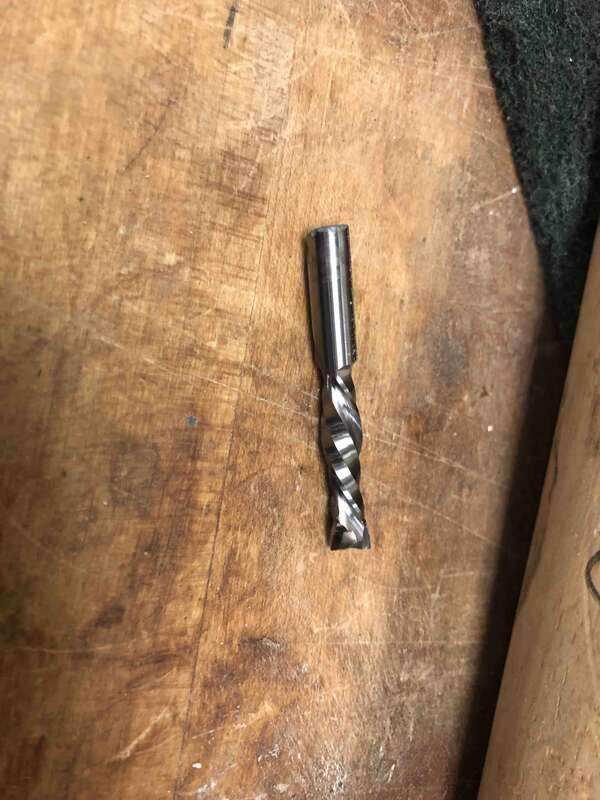
Broken bit

Assembled weight rack.
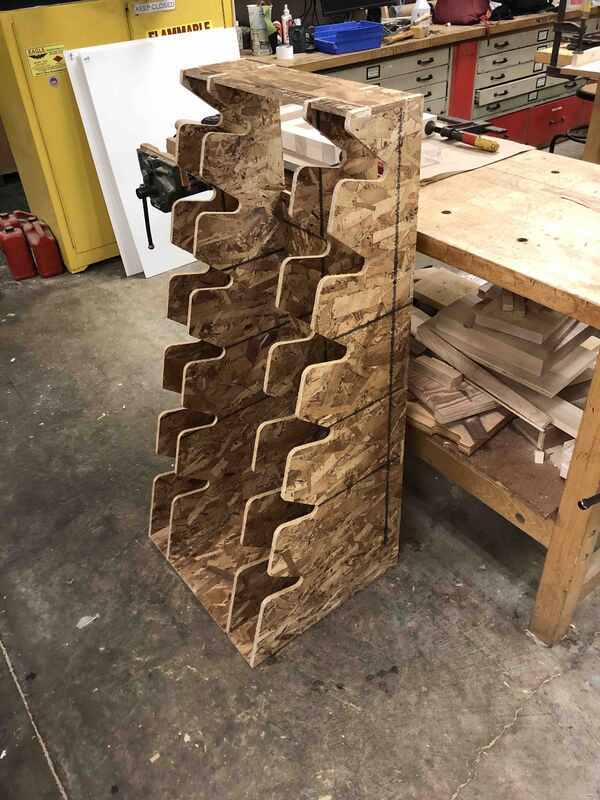
Another view of the assembled weight rack.
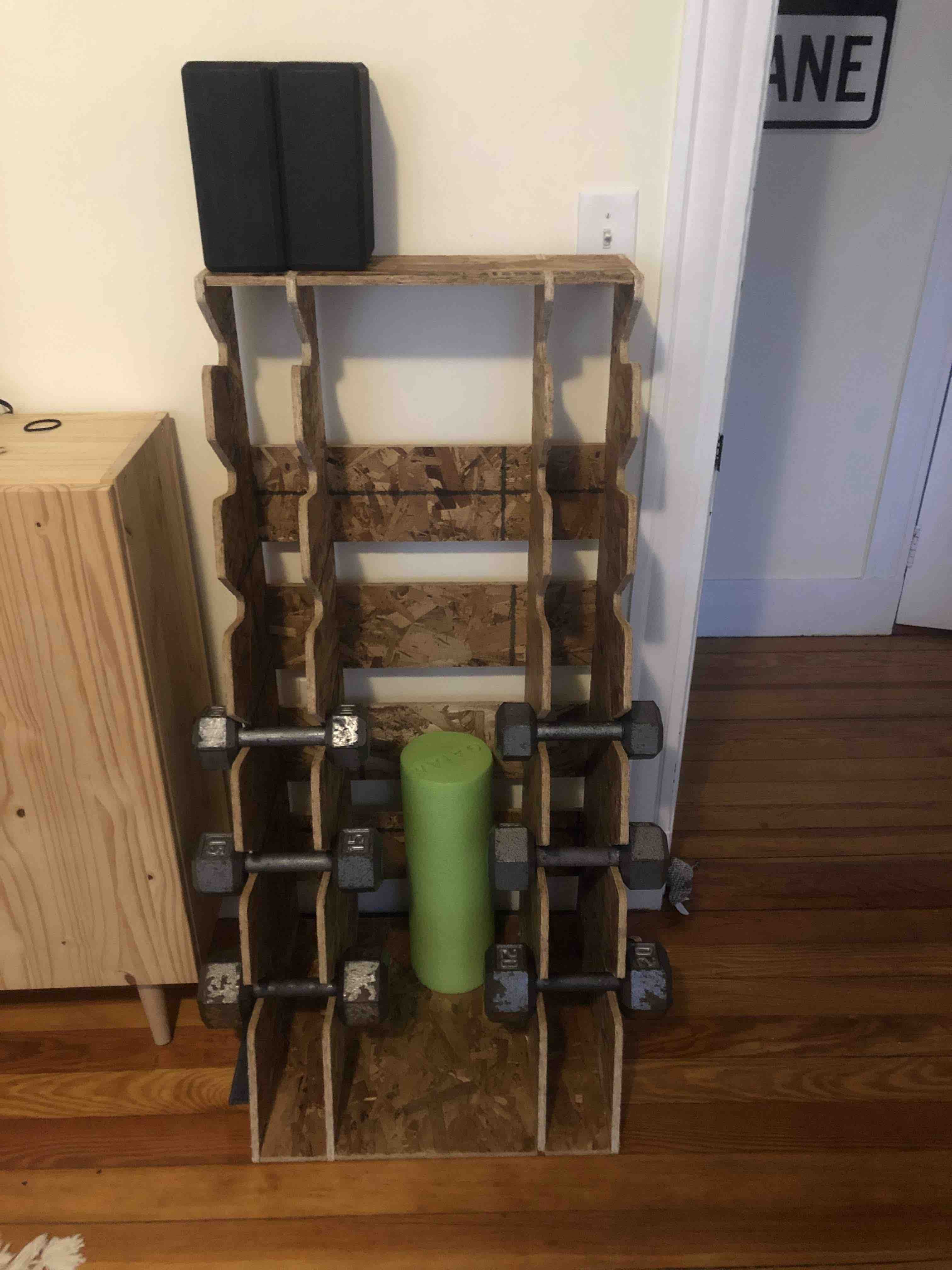
Final use!